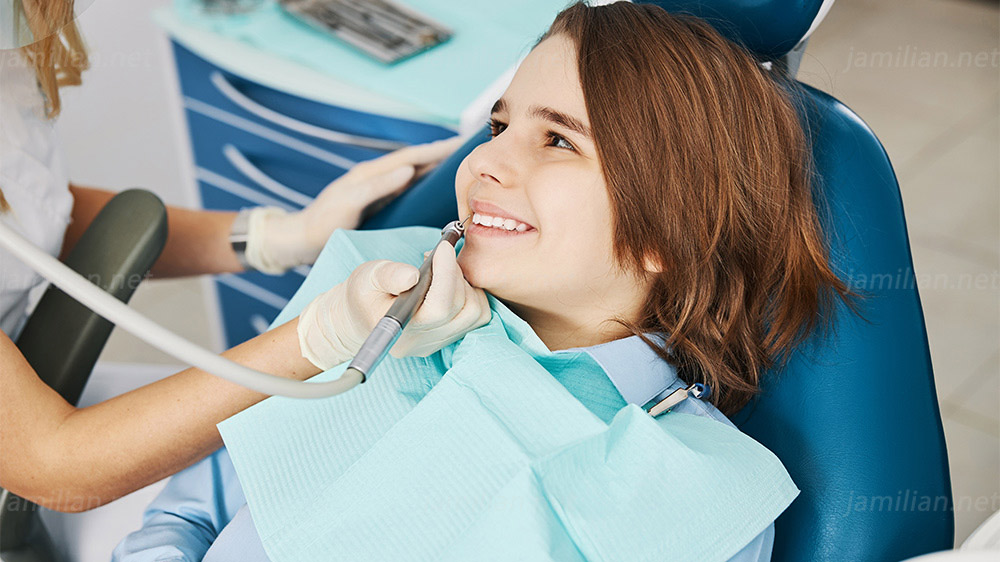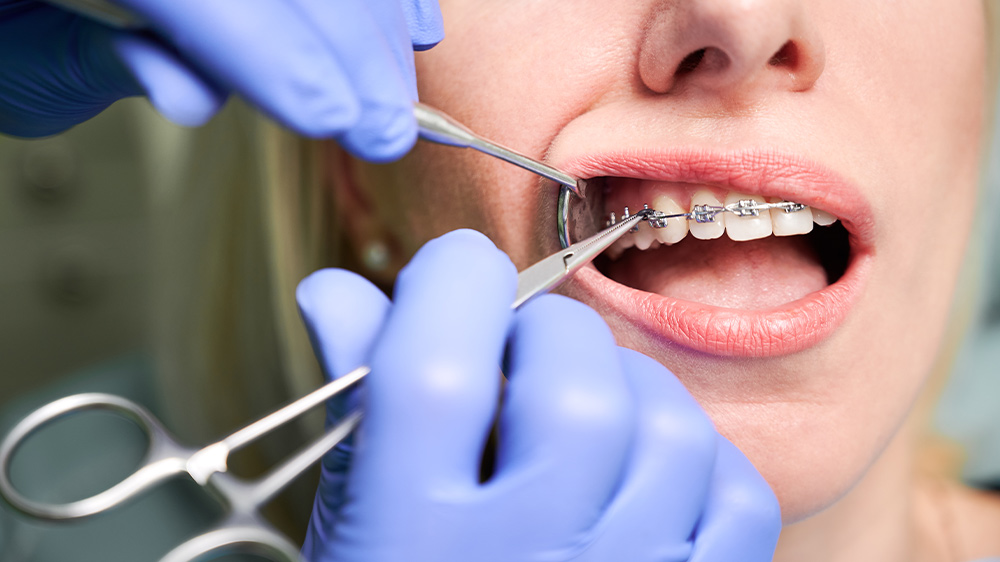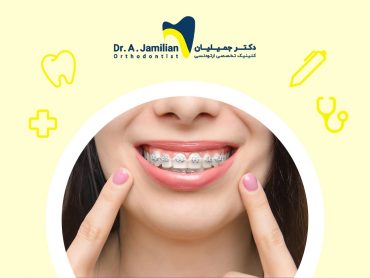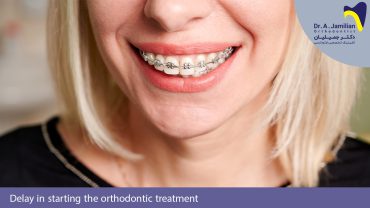As long as you have teeth in your mouth, you can receive orthodontic treatment. In general, patients who only need to move their teeth are able to visit an orthodontist at any age. Although, the gums and jaw bone need to be healthy. However, there is a recommended age for this type of treatment, which is influenced by the type and severity of the abnormality, gender and other factors. To achieve the best result, initial examinations and preventive and therapeutic measures should be done at the appropriate time and age.

Importance of age in treatment of jaw and dental abnormalities
Orthodontic treatment is among the long-term dental treatments that lasts 6-24 months. Given that tooth movement and treatment of jaw abnormalities involve bone tissues, it should be done at the right age in terms of bone growth, so that they can achieve the best result in the shortest time with the lowest cost. It is much easier to move bones with orthodontic appliances during puberty than other growth periods. The facial bones could be oriented to the right position with an orthodontic appliance during their growth. For this reason, jaw abnormalities are treated by orthodontics during puberty. The teeth could be aligned through orthodontics at older ages. However, duration of orthodontic treatment will be longer after puberty due to the slower bone formation and growth. Thus, orthodontic treatment becomes more difficult.
Appropriate age for the first orthodontic examination
According to American Association of Orthodontics (AAO), the first orthodontic examination should be done at the age of 7 years old. An orthodontist could identify jaw and dental abnormalities at this age faster. Some treatments may not be started at this age, but preventive measures could be taken to reduce the effect of jaw and dental abnormalities in the future. A timely orthodontic examination could help the patient receive an appropriate orthodontic treatment plan from the orthodontist. The first molar grows at the age of 7 years old, which plays an important role in aligning the teeth and chewing food. At this time, the orthodontist examines the relationship between the jaw, teeth and face completely. In this way, the orthodontic treatment is easily scheduled. This timely diagnosis provides ample opportunity to start orthodontic treatment.

Best age for treatment of jaw abnormalities
After the first orthodontic examination, the orthodontist determines when to start orthodontic treatment depending on the type and severity of the abnormality. Patients with jaw problems should be examined before the onset of puberty and start orthodontic treatment during puberty under the supervision of a skilled orthodontist who is a maxillofacial surgery fellowship. The correct jaw growth is achieved by the intervention of orthodontic treatment in the patient’s growth pattern. Also, tooth movement is directed to the standard position. The best time to begin orthodontic treatment is usually at the age of 9 years old for boys and 8 years old for girls. However, orthodontic treatment varies depending on the type of jaw anomaly after examination by the orthodontist. If patients do not treat jaw problems at the right time during puberty, the jaw bones become hard after this period and could not be moved by orthodontic appliances. In this case, orthognathic surgery is required. Therefore, timely referral could be a way to treat jaw abnormalities without surgery.
Best age for orthodontic treatment
In general, patients who do not have jaw problems and only need to move their teeth could visit an orthodontist at any age, provided that the gums and jaw bone are healthy. However, if the orthodontist diagnoses that the patient does not have jaw problems in childhood and only has misaligned teeth during the first examination, they should start orthodontic treatment at the age of 10-12 years old to align their teeth. Given that most of the primary teeth have fallen out in this age range and most of the permanent teeth have erupted (except for the wisdom teeth and molars), the occurrence of more severe abnormalities could be prevented. Dental and skeletal abnormalities can be corrected by a proper orthodontic examination. If such treatments are not done at the appropriate age, they could also be done at an older age. After the age of 30 years old, the orthodontist should be conservative in choosing the treatment method due to the bone loss in the jaw and provide complete information to the patient according to the limitations of the available treatment.
Appropriate age for orthodontic treatment FAQ
Yes, the patient’s age is very important. However, the type and severity of abnormality, oral and dental health and type of used braces are also effective.
Yes, performing orthodontic treatment in childhood provides a wider space in the jaw and mouth for permanent teeth and each tooth is placed in its right position to prevent the growth of impacted teeth in the jaw.
The patient’s age is very important in some abnormalities such as: crossbite, mandibular prognathism, jaw-related problems. aw protrusion, retraction and TMD disorders are examples of jaw-related problems. In some conditions like when the child has breathing problems or a habit of sucking the thumb, treatment might be needed. Such problems should be solved through orthodontics at a young age.
Yes, going to an orthodontist at the right age and treating abnormalities at the same time as the teeth and bones grow will allow them to be placed in the right position inside the jaw. This results in the balanced distribution of pressure and reduced pressure on the tooth root. Moreover, tooth alignment could help the person clean them more easily, improve tooth function and lifespan.


